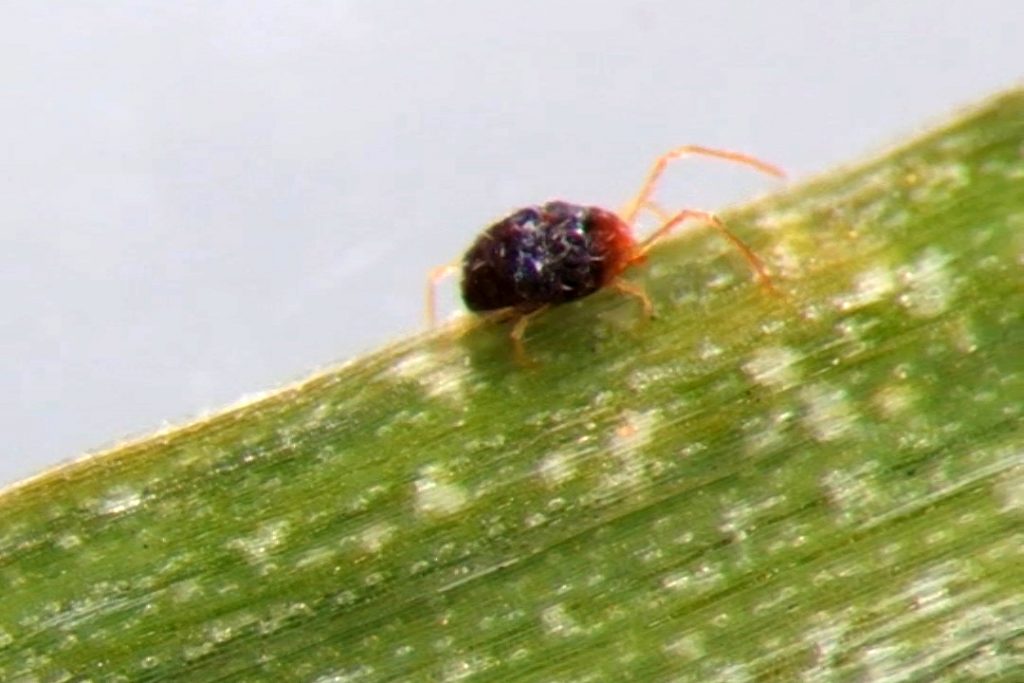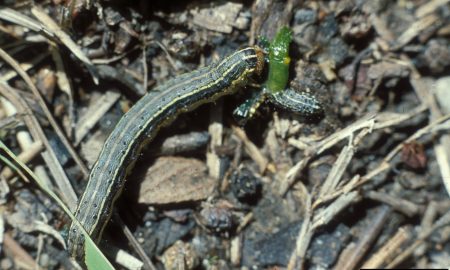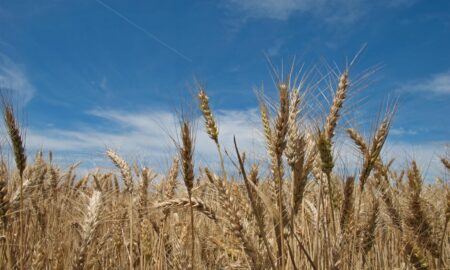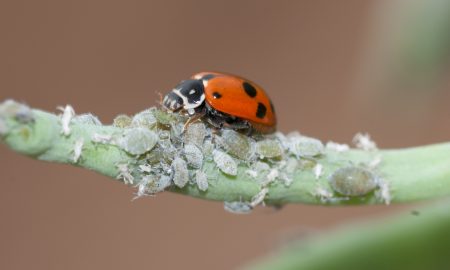Brown wheat mites have been found in significant numbers in an unexpected location.
Significant numbers of brown wheat mite (Petrobia latens) have been found in several paddocks of wheat near Mildura, in the Victorian Mallee.
This the first time in over 10 years that this pest has been reported to cesar.
Moreover, this pest in typically found in the northern regions of New South Wales and southern Queensland, as well as Western Australia, which makes this case a little out of the ordinary.
Severe damage has been reported in the 4 – 5 leaf crops, with some patches having dyed off.
Lucerne flea and cereal aphids were also found inhabiting the crops, which are likely to have contributed to the level of damage.
Brown wheat mite identification
At first glance, brown wheat mites can be easily mistaken for Bryobia mites as they both belong to the spider mite family.
Like Bryobia, brown wheat mites are oval-shaped with eight legs, of which the two front legs are distinctively long.
But a closer inspection will reveal some differences.
Adult brown wheat mites are approximately 0.6 mm long, with a red-brown globular body and pale yellow-orange legs.
In contrast, Bryobia adults grow to approximate 0.75 mm long and have a flattened, squashed appearance. Their bodies can be dark grey, pale orange or olive in colour and they have red-orange legs.
These differences may not be easy to spot in the field, so if you are uncertain, you can send us your mites for an identification confirmation.

Photo by Julia Severi, Cesar Australia 
Photo by Julia Severi, Cesar Australia
Hosts and impact
Brown wheat mite damage can look like water-stress symptoms in plants. These sap-sucking mites leave behind a mottled discolouration, with heavily infested crops taking on a scorched appearance.
Broad-acre crops which are attacked by brown wheat mite include wheat, barley, oats and triticale, and are most at risk during dry periods.
Mites are generally found on the leaves, with numbers often highest near the tips of leaves.
The economic importance of brown wheat mites as a pest is unclear.
Chemical control may be warranted if large numbers are concentrated on the flag leaf in times of moisture stress.
Acknowledgements
Field reports
Brad Bennett – AGRIvision consultants (Mallee, VIC)
Cover image: Photo by Andrew Weeks, Cesar Australia





